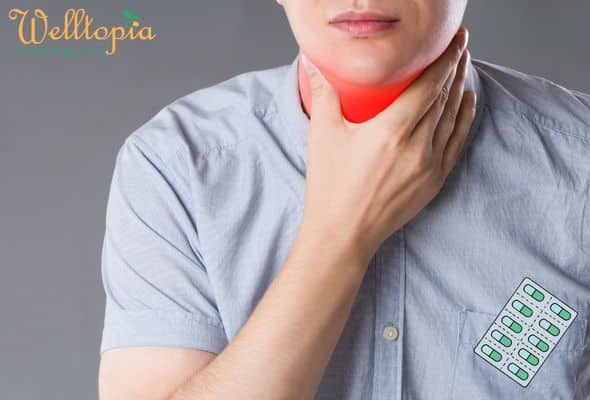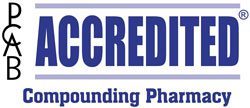If you have a sore throat we can help you with antibiotics
Viruses cause most sore throats. However, strep throat is an infection in the throat and tonsils caused by bacteria called group A Streptococcus (group A strep).
You can test for strep A by swabbing your throat.

Strep A Test
Step 2
Fill Form
this form is requred to make the test and determine if you will need to take antibiotics
FAQ
How you get strep throat?
Group A strep bacteria are very contagious. Generally, people spread the bacteria to others through
- Respiratory droplets
- Direct contact
Rarely, people can spread group A strep bacteria through food that is not handled properly (visit CDC’s food safety page).
It usually takes two to five days for someone exposed to group A strep bacteria to become ill with strep throat.
How to get your sore throat tested?
A pharmacist will usually test a sore throat with a throat swab and decide whether or not to offer antibiotics. If the sore throat is not bacterial, they can suggest treatments to help you manage your symptoms, like painkillers and lozenges.
If it is bacterial, they can decide whether you need antibiotics and provide these to you. The test and treat service is a private (paid for) service from your pharmacist for both consultation and treatment, although you may be able to get antibiotics from your GP if you fulfil the criteria.
What’s the difference between common sore throat and strep throat?
A sore throat is typically one of the first indicators of a cold. This type of sore throat usually improves or goes away after a day or 2. A runny nose and congestion may follow.
Viral infections that cause colds do not respond to antibiotics. Postnasal drip, allergies and cigarette smoke can also make your throat hurt.
While viruses, allergies or irritants cause most sore throats, the Streptococcus bacteria (group A strep) causes strep throat. Strep throat is contagious and requires antibiotic treatment.
When a person with strep coughs or sneezes, tiny beads of water known as respiratory droplets spray out. These droplets can hold the Streptococcus bacteria with them, and you can catch strep by breathing in those droplets. If you touch a surface with these droplets and then touch your mouth and nose, you can also catch strep.
What symptoms can occur with sore and strep throats?
If you have a common sore throat, you might experience:
- A runny nose
- A voice that sounds hoarse, raspy or strained
- Coughing
- Pink eye (conjunctivitis)
If you have strep throat, you might experience:
- Dark red spots on the roof of the mouth, toward the back
- Fever
- Headache
- Nausea or vomiting, especially in children
- Pain when swallowing
- Rash (scarlet fever)
- Swollen and red tonsils, sometimes with white patches containing pus
- Swollen and tender lymph nodes in your neck
- Throat pain that escalates quickly, without a cough
It’s possible to have some of these signs and symptoms but not have strep throat. These symptoms could also be from a viral infection or other illness.




